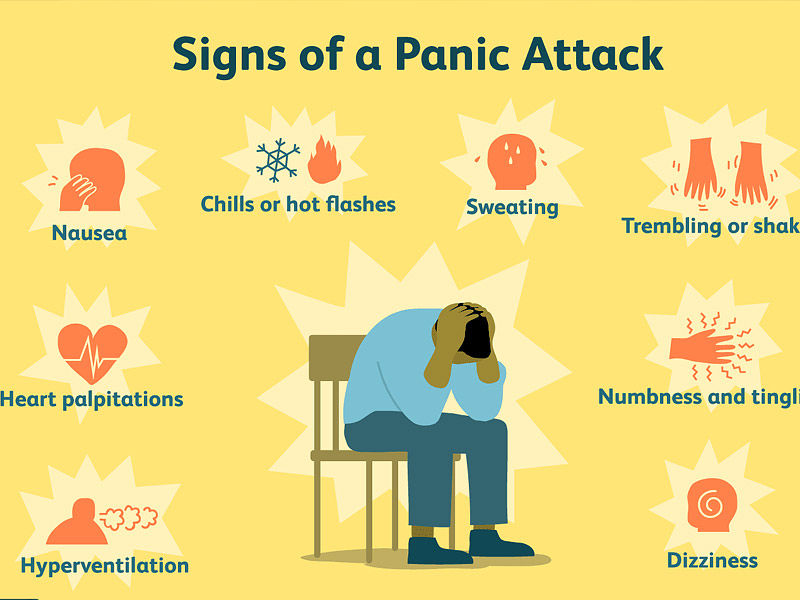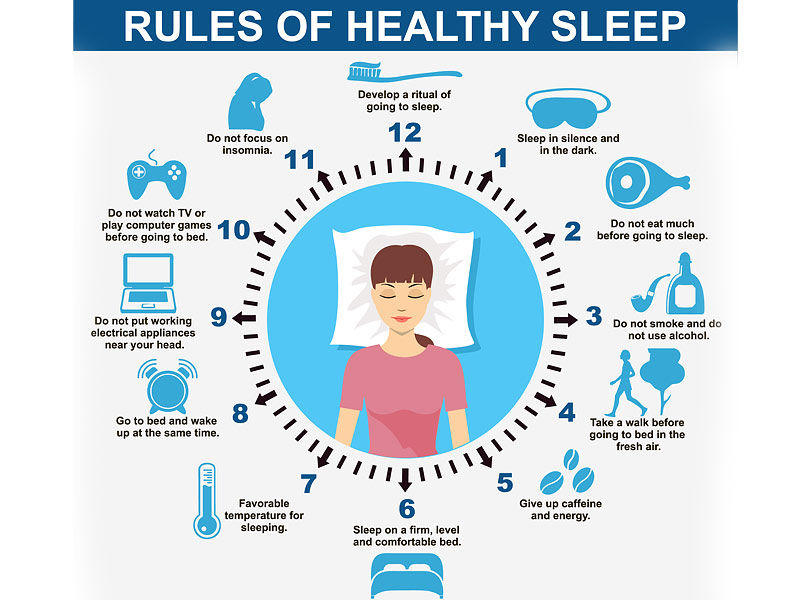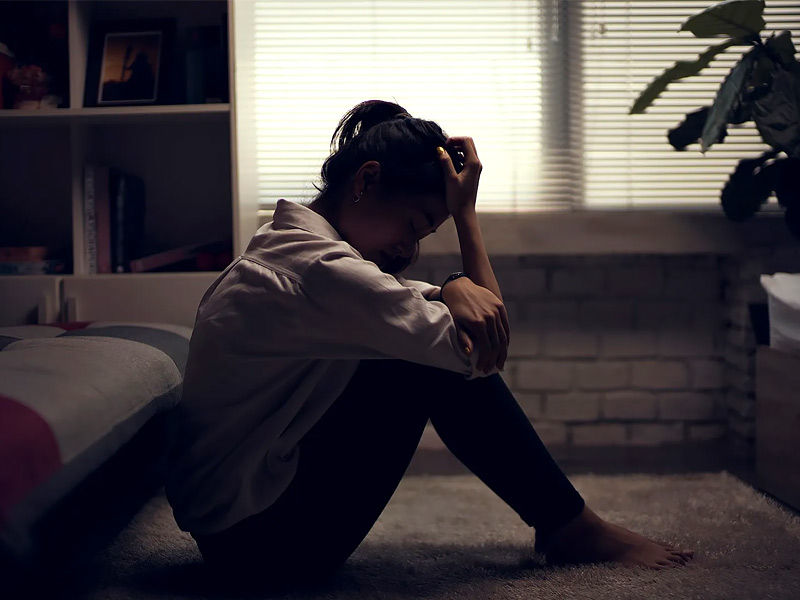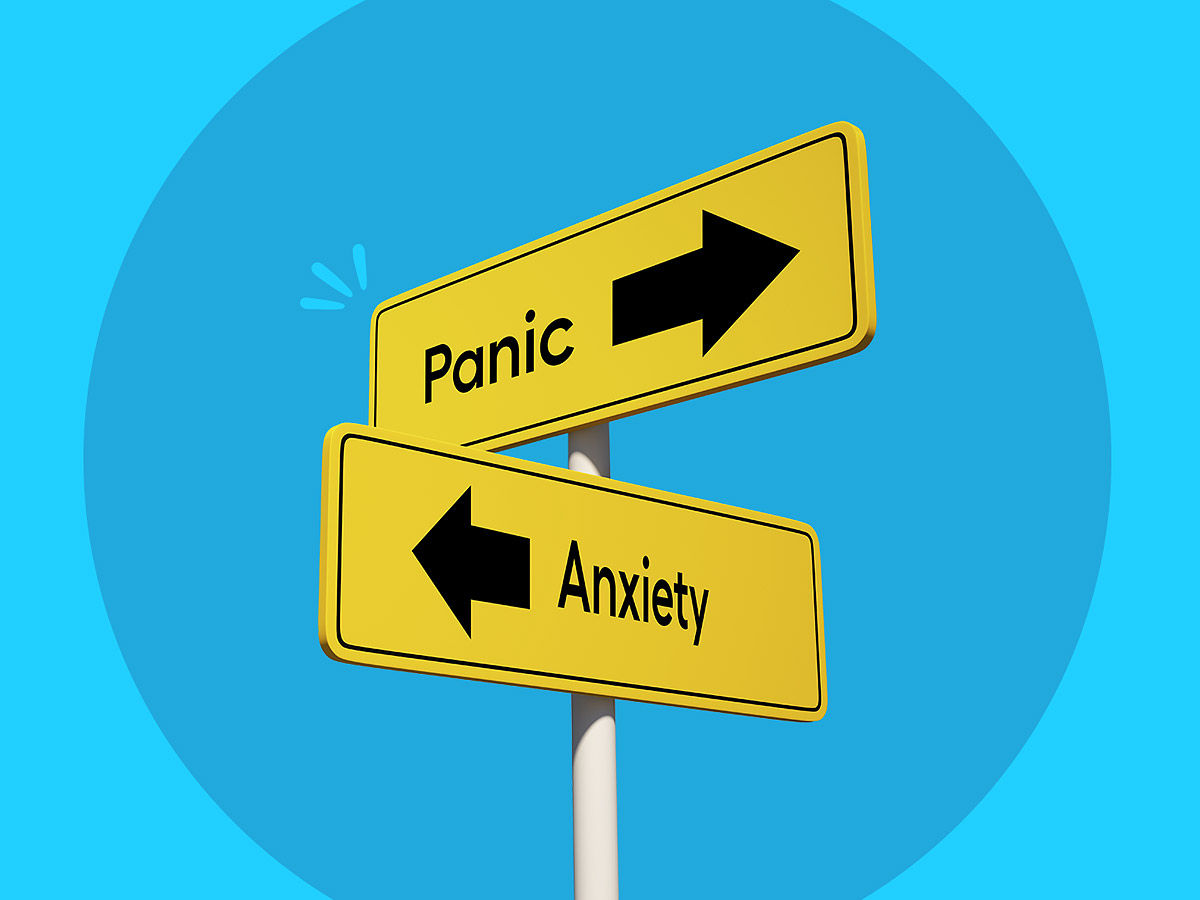As humans, we require anxiety. Why? Anxiety is knowledge.
It tells us when we need to freeze, flee, or fight and mobilizes our bodies to react fast and without thinking. We would be unable to prevent serious dangers to our well-being if we did not experience worry.
However, we can experience anxiety when confronted with perceived threats that may or may not be meaningful or real.

In certain ways, our minds have evolved to be especially cautious when it comes to detecting threats. They are more likely than not to perceive things as threats. In this manner, we avoid missing anything that could damage us.
Furthermore, our minds do not have an “off” switch. This means that worry can be a problem because it does not provide us with important information and instead adds to our discomfort.
When confronted with a stressful event, such as a devastating medical diagnosis, all humans suffer anxiety. Public speaking, social events, marital troubles, job stress, and money worries are all classic anxiety triggers.

However, life experiences can sometimes create anxiety disorders or panic attacks.
So, what’s the distinction?
Is it fear or anxiety?
Example 1 :
Your social media feed is full of divisive political rhetoric, the economy is in shambles, and there appears to be no clear end in sight.
Meanwhile, your project has a deadline tomorrow.
You are pressured, pressed for time, and overwhelmed. You’re fatigued and scared, unsure of what the future holds, whether you’ll get everything done and whether you’ll be able to assist your child cope with it all.
Example 2 :
You can’t sleep since it’s the middle of the night. Your brain is racing.
What if…? Your thoughts can’t get away from the never-ending flood of terrible worries. Your heart is pounding. You’re completely fatigued. You look at the time—3:15 a.m.
Example 3:
You’re out with your buddies at a restaurant, laughing at a joke that someone just told you.
Suddenly, you feel your blood rush to your ears, and your heart rate quickens. Your hands feel cold, and you’re wondering if you’re suffering a heart attack.
Fear overcomes you, and you feel compelled to flee, to escape the situation. You stand up without saying anything and dash for the door.
So, which one is it?
Understanding the distinctions between naturally occurring anxiety, worry, and panic might assist people in taking appropriate action to manage their symptoms. Knowledge of these illnesses can also assist individuals in determining whether their condition is severe enough to necessitate treatment.
Example 1: A Normal Anxiety Level
This depicts a person who is suffering natural, understandable anxiety as a result of a difficult scenario. Anxiety is triggered by fear of an uncertain future, memories of a terrible past, dangers (both actual and perceived), and bewilderment about the world around us.

Example 2: A High Level of Anxiety
The second example is of a worried person, and depending on the level of suffering and functional damage produced, treatment for anxiety may be beneficial.
Worry is a mental activity that, rather counterintuitively, serves as an anxiety avoidance tactic, but it is ineffective. It’s difficult to simply quit worrying.
When people are stuck in a worry cycle, developing acceptance and mindfulness techniques from acceptance-based behavior therapy might be beneficial.
Example 3: Panic
This is a person who is having a panic attack. Panic episodes are more common and more severe than anxiety attacks. They can appear out of nowhere, with no warning or provocation.

Shortness of breath, dizziness, nausea, and numbness are all symptoms of panic attacks. Some people tremble and sweat.
Individuals suffering from panic are frequently on the lookout for physical symptoms that could be precursors of panic and avoid places where panic attacks have occurred in the past. Those suffering from panic attacks may avoid leaving their houses entirely.
The good news is that panic disorder can be effectively treated with exposure therapy.
Have you experienced anxiety or panic? You Are Not Alone
According to the Anxiety and Depression Association of America, about 40 million adults in the United States experience substantial anxiety each year, with more than 28.8 percent experiencing clinically severe anxiety symptoms.
That equates to approximately one-third of the population.
Anxiety is the most common mental ailment in America, and it is treatable. However, only about one-third of persons suffering from the illness seek professional assistance.
Anxiety disorders are inherited, which means that if you have a family member who suffers from anxiety, you are more likely to get it yourself.

According to the National Institute of Mental Health, panic disorder, a kind of anxiety disorder, affects around 4.7 percent of U.S. people at some point in their lives.
What Is the Most Effective Anxiety Treatment? Confronting Your Fears
We know that avoidance maintains anxiety problems. If you are terrified of dogs, you will avoid them. While this keeps you safe in the present, it also feeds your fear by removing any opportunities to learn more about dogs—that while some bite, others are affectionate, sensitive, and humorous.

If your anxiety is severe, causing you significant distress, or impairing your ability to function, it may be time to get treatment. The good news is that there are several options for effective treatment.
Although there are various approaches to anxiety management, we know that exposure therapy has been extremely beneficial. The technique is centered on addressing pathological avoidance and developing readiness to endure discomfort.
Also read: Climate Change affecting mental health: Analyse the Grief Consequences
Medication is sometimes used to supplement exposure-based anxiety treatment. Serotonin reuptake inhibitors (SRIs) and other antidepressants may be useful in this situation to assist persons to engage in exposure-based work more effectively.

Mindfulness-based cognitive therapy, meditation, and acceptance-based therapies, such as acceptance and commitment therapy, have also been demonstrated to be useful.
Finally, healthy practices such as frequent physical activity, proper sleep hygiene, and abstaining from alcohol or caffeine can be beneficial.
Panic Disorders: What You Should Know
Unlike worry, which usually has a clear trigger, panic attacks happen suddenly and unexpectedly and usually last only a few minutes.
Panic attacks have been associated with lightheadedness, chest pain, hot flashes, chills, and stomach discomfort. Some people have reported feeling choked or smothered. Others report feeling “separated from reality” after an assault.
Panic attacks can happen to anybody, but for some people, they happen more frequently and cause severe anxiety and damage.
Treatments for panic disorder that is evidence-based are similar to those for anxiety and use exposure-based treatment. Mindfulness and meditation can also help to reduce stress and develop psychological flexibility.

Medication, such as beta-blockers, selective serotonin reuptake inhibitors, and serotonin-norepinephrine reuptake inhibitors, is sometimes used to supplement behavioral therapy for panic disorder.
If you are experiencing frequent panic attacks, you should get professional assistance. Your doctor will inquire about your symptoms, underlying mental health and medical concerns, and whether you are under unusual stress or anxiety. Blood testing and a heart examination may be performed as well.
Panic and anxiety are both treatable and manageable, even when they appear to be out of your hands.
























